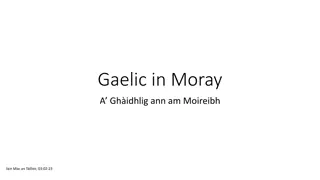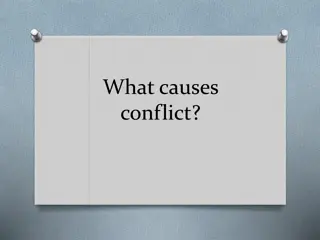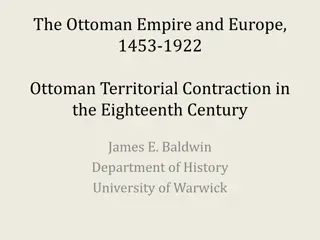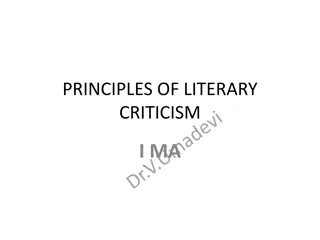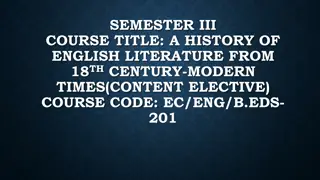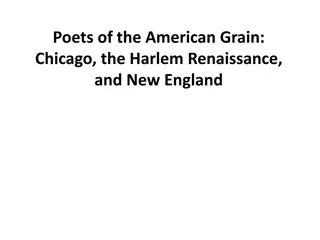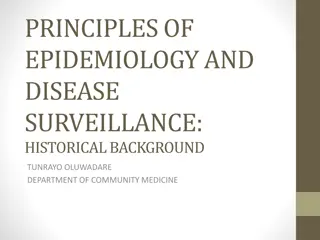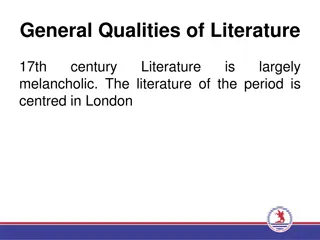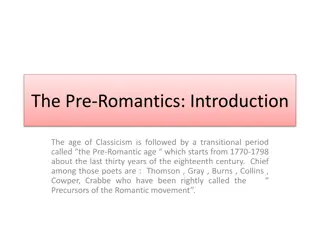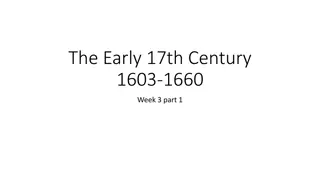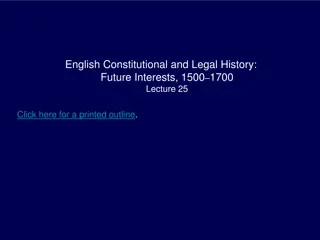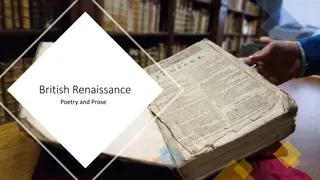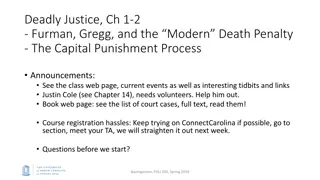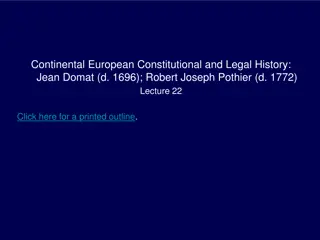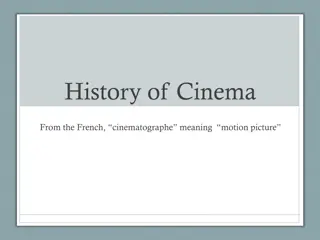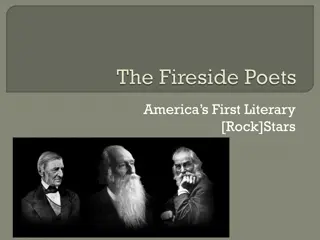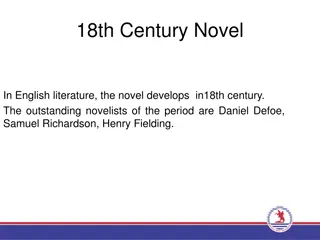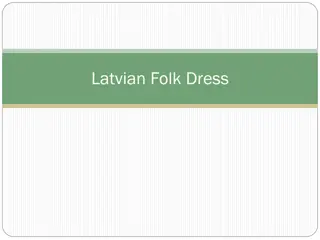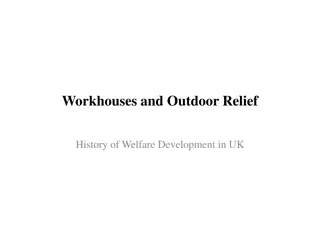English Poets of the 17th and 18th Centuries
Explore the works of prominent English poets from 1660 to 1798, including John Dryden and Alexander Pope. Discover their use of rhymed couplets, satirical writings, translations, and contributions to the Age of Reason in the eighteenth century. Delve into the poetic reflections on nature, life, death, and more by poets like James Thompson, Edward Young, and Thomas Gray.
Download Presentation

Please find below an Image/Link to download the presentation.
The content on the website is provided AS IS for your information and personal use only. It may not be sold, licensed, or shared on other websites without obtaining consent from the author.If you encounter any issues during the download, it is possible that the publisher has removed the file from their server.
You are allowed to download the files provided on this website for personal or commercial use, subject to the condition that they are used lawfully. All files are the property of their respective owners.
The content on the website is provided AS IS for your information and personal use only. It may not be sold, licensed, or shared on other websites without obtaining consent from the author.
E N D
Presentation Transcript
English Poets, 1660-1798 Bet l ALTA
John Drydens poetry is written in his rhymed couplets based on satire and translations. Annus Mirabilis ,1667 (about the war against Holland and Great Fire of London) His great satire, Absalom and Achitophel, 1681 uses a Bible story to attack politicians.
In MacFlecknoe, 1682, Dryden attacks a rival poet, Shadwell. Dryden s splendid command of the heroic couplet helped him to write biting satires. Ode for Saint Cecilia s Day (1687) and Alexandar s Feast (1697)
Drydens translations include Latin, the whole of Virgil and parts of Horace and Ovid. He translated the parts of Homer and Theocritus. Alexandar Pope, a follower of Dryden in verse, wrote his Essay on Criticism (1711).
Pope translated Iliad and Odyssey of Homer. Imitations of Horace (1733-9) The Dunciad (1728) Essay on Man (1732-4) Moral Essays (1731-5) Oliver Goldsmith wrote The Traveller (1764) and The Deserted Village (1770)
The eighteenth century is often called The Age of Reason. The order was important in men s thoughts. The heroic couplet is based on reasoning. A return to thoughts about nature and more lyrical subjects began early. Pope said that The proper study of mankind is man .
James Thompson, his study The Seasons: Winter (1726) Summer (1727) Spring (1728) Autumn (1730) There were pictures of woods, fields, birds and deserts. The Castle of Indolence (1748)
Edward Young wrote Night Thoughts. The subjects are life, death, the future world and God. It is unequal, dark, sad and filled with strange imaginations. Robert Blair, The Grave. Thomas Gray, Elegy Written in a Country Churchyard (1750)
Poet looks at the graves of country people buried near the church. He wonders what might have done in the world if they had had better opportunities. Gray s ode, The Bard , is intended as a sad song by Welsh poet addressed to King Edward I. He curses Edward and all his race. The ode shows that Gray like Marlowe and Milton, could use proper names.
Grays other poems include an Ode on a Favourite Cat (1747). Thomas Percy, Reliques of Ancient English Poetry (1765). William Blake, a poet , illustrated the works of Young, Blair, Gray and others. He did not believe in the reality of matter or in punishment after death. William Blake, Songs of Innocence (1787) Songs of Experience (1794)


